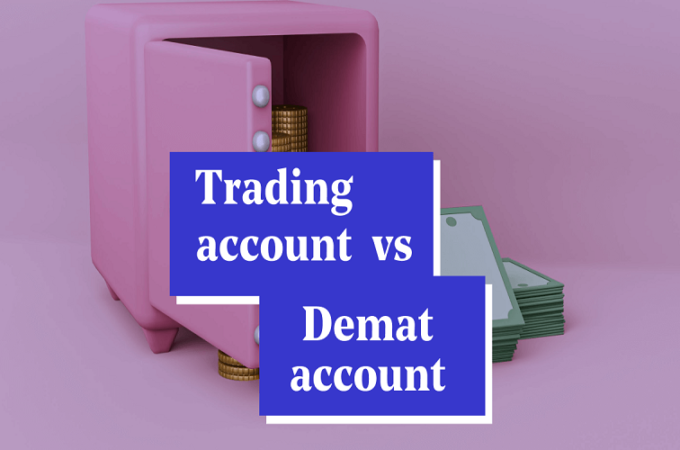
How To Choose The Right Debt Mutual Fund?
Debt mutual funds have gained popularity among investors seeking stable returns and income generation while minimising risk exposure. With many options available in the market, selecting the right debt mutual fund can seem daunting. In this guide, we’ll delve into insights on debt mutual funds such as debt fund meaning, their significance, and right way to choose your debt fund for your investment needs.
Understanding Debt Mutual Funds
Debt mutual funds are the investment vehicles primarily investing in fixed-income securities such as corporate bonds, money market instruments, government bonds, and other debt instruments. Unlike equity mutual funds, which invest in stocks, debt mutual funds focus on generating regular income and preserving capital through relatively low-risk investments.
The Significance of Debt Mutual Funds
Debt mutual funds play a critical role in diversifying an investor’s portfolio and managing overall risk exposure. They offer an alternative to traditional fixed deposits by providing potentially higher returns, liquidity, and flexibility. Moreover, debt mutual funds offer tax efficiency, especially for investors in higher tax brackets, making them an attractive option for generating tax-efficient income.
Right Way to Choose Your Debt Fund
Determine Your Investment Objective
Before selecting a debt mutual fund, identify your investment goals, risk tolerance, and time horizon. Are you seeking regular income, capital preservation, or both? Understanding your investment objective will help narrow your choices and choose a fund aligning with your financial goals.
Exploring the Various Types of Debt Funds
While debt funds are usually believed to be less risky than equity funds, it’s essential to recognise that subcategories within debt funds entail varying levels of risk and investment durations. Merely deciding to allocate funds to debt funds isn’t enough; one must also familiarise themselves with the different types available. For instance, credit risk funds carry a higher risk than liquid funds within the debt fund category. Understanding these distinctions is important for informed decision-making.
Assess Fund Performance
Review the historical performance of debt mutual funds to assess their consistency and ability to generate returns over different market cycles. Go for funds with a track record of delivering competitive returns while managing risk effectively. Consider the fund’s volatility, yield, and expense ratio in your evaluation.
Check Credit Quality and Duration
Examine the credit quality and duration of the underlying portfolio holdings to gauge the debt mutual fund’s risk exposure. Funds with higher credit quality (e.g., AAA-rated bonds) and shorter duration tend to be less sensitive to fluctuations in interest rates and credit risk. Ensure the fund’s investment strategy aligns with your risk tolerance and investment horizon.
Understanding the Nature of Different Debt Funds
Debt funds encompass a spectrum of risk levels, ranging from low-risk liquid funds to riskier Gilt Funds and Bond/Income Funds. Additionally, investors should consider credit ratings provided by agencies like CRISIL and ICRA, which indicate the safety of the fund. Higher-rated funds are generally safer but may offer lower returns, while lower-rated funds tend to provide higher returns but come with increased risk. Balancing risk and return is key in selecting suitable debt funds.
Being Mindful of Risks Associated with Debt Fund Investments
Investing in debt mutual funds carries two primary risks: interest rate risk and credit risk. Interest rate risk pertains to fluctuations in interest rates, which impact the fund’s Net Asset Value (NAV). Conversely, credit risk relates to the likelihood of the fund defaulting on payments. Monitoring credit rating agencies helps gauge the credit risk associated with a fund.
Embracing Diversification
Diversifying investments among various asset classes is important for optimising returns and managing risk effectively. A balanced allocation between debt and equity funds can enhance long-term capital appreciation. Overexposure to any single category, whether debt or equity, may expose investors to unnecessary risks.
Conclusion
Choosing the right debt mutual fund requires careful consideration of various factors, including investment objectives, risk profile, fund performance, credit quality, duration, fund manager expertise, expenses, and tax efficiency. By understanding the significance of debt mutual funds and following a systematic approach to selection, investors can build a diversified portfolio tailored to their financial goals and risk preferences.
Through SIP, investing in debt funds can provide stability and the potential for returns with reduced risk. Whether you’re seeking stable income, capital preservation, or diversification, debt mutual funds offer a range of options to suit your investment needs. Remember to review your investment periodically and adjust as needed to stay on track to achieve your financial objectives.





